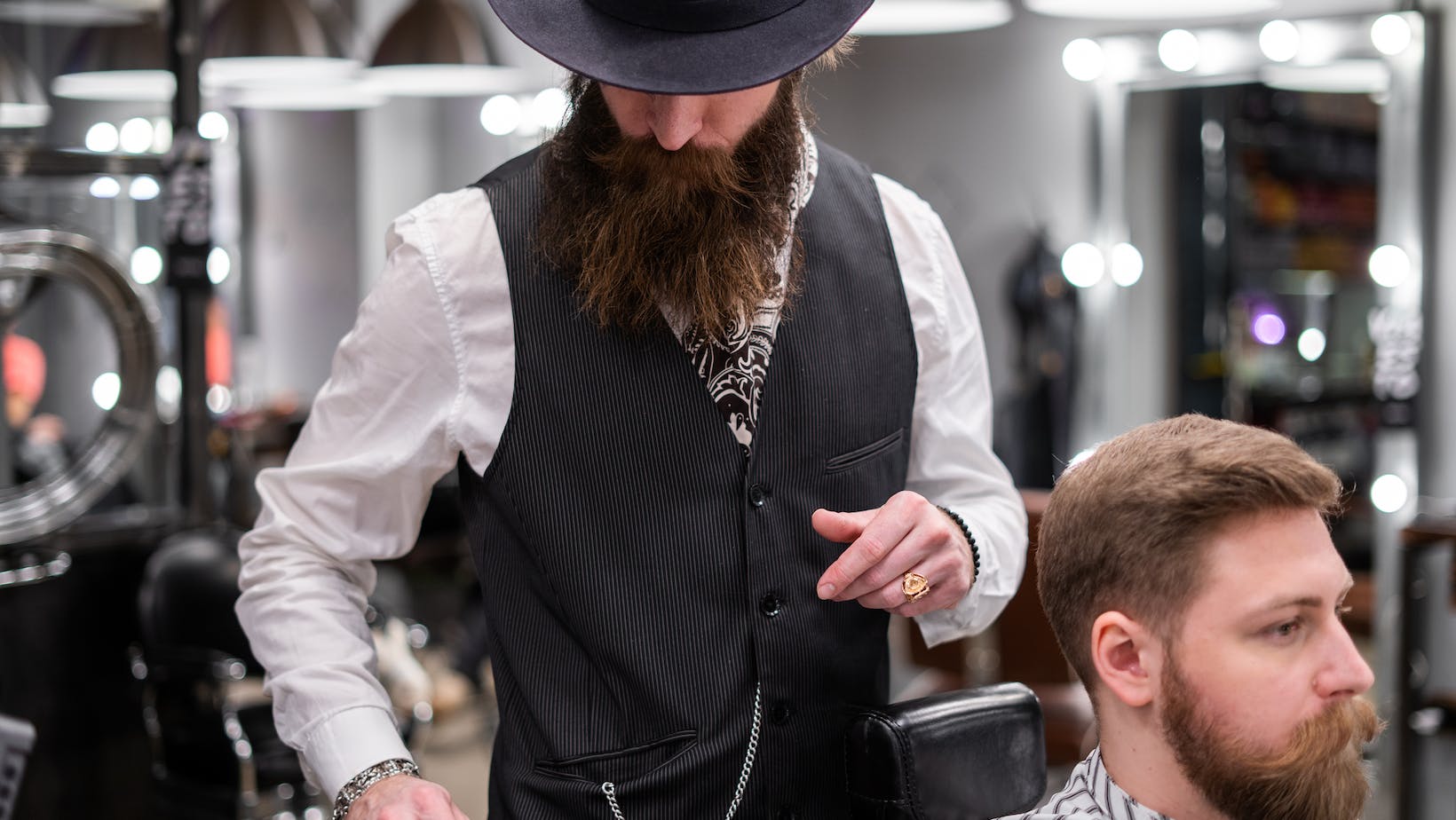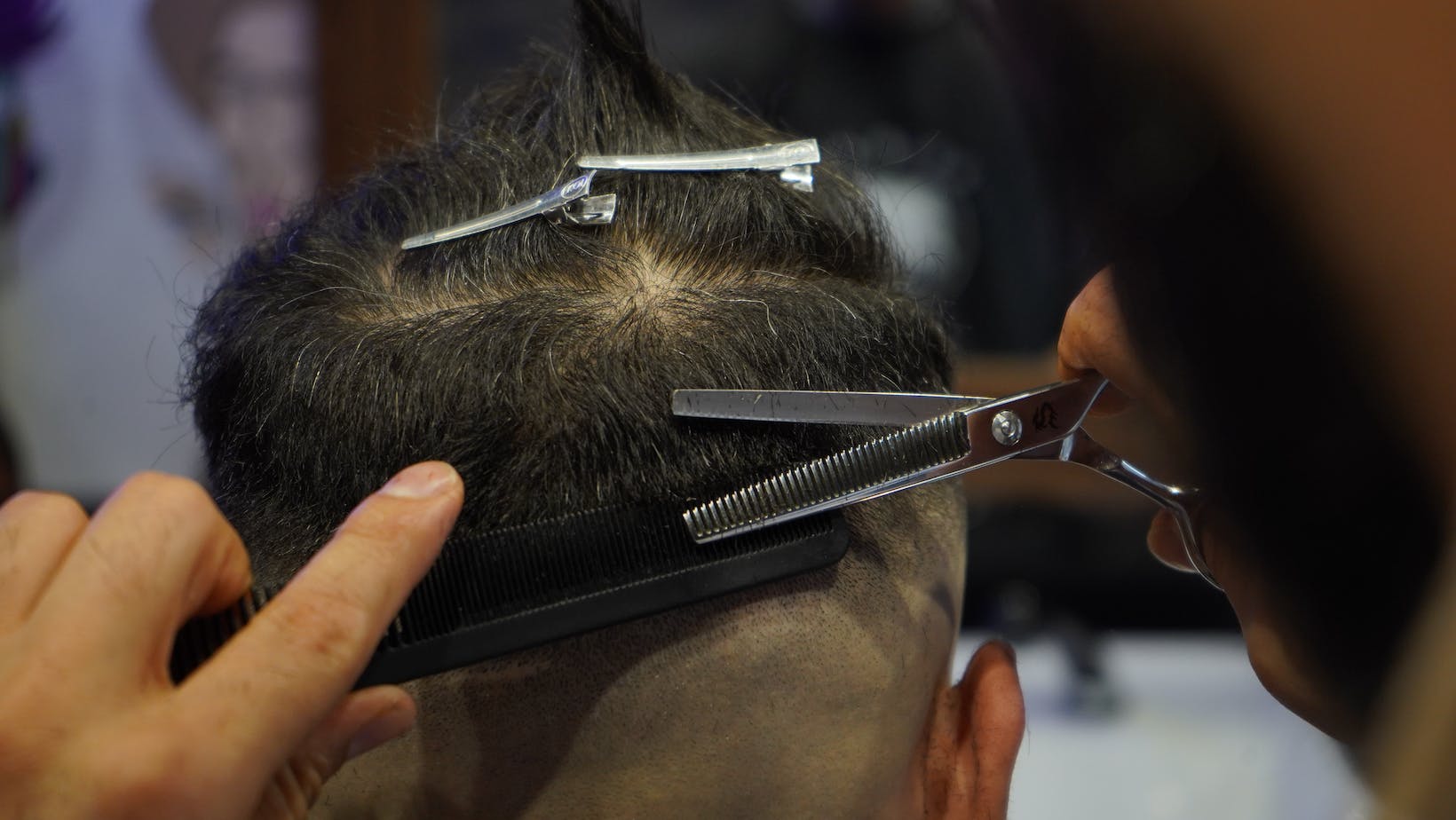 If you’re always on the hunt for the freshest men’s hairstyles, you’ve likely come across the low fade. It’s a versatile cut that’s been making waves in the fashion world, and I’m here to tell you why.
If you’re always on the hunt for the freshest men’s hairstyles, you’ve likely come across the low fade. It’s a versatile cut that’s been making waves in the fashion world, and I’m here to tell you why.
This timeless style is not only trendy but also easy to maintain. Whether you’re going for a polished look or a more casual vibe, the low fade has got you covered. In this article, we’ll delve into the ins and outs of this popular haircut, including how to get it and how to style it.
Low Fade
You’ve chosen to upgrade your look with a trendy low fade haircut. So, let’s discuss the necessary steps to achieving a perfect low fade, so you’ll be runway-ready in no time.
Step 1: Decide on the Fade Length
This step involves selecting the length of your low fade. Will it taper to the skin, or would you prefer a bit of hair left on the sides and back? Your choice should depend on personal style preferences, yet should also consider the shape of your face and the density of your hair.
Step 2: Choose the Right Clippers
Not all clippers are created equal. Some are better suited for different hair types. Ask your barber for a recommendation or do some research to find out which clippers will give you the best results for your specific hair type.
Step 3: Start with Longer Hair
You should ideally start with longer hair on top to create a smoother, more gradual fade. The bulk on top will also allow for more hairstyle possibilities once the fade is done.
Step 4: Create the Fade Line
The fade line is an essential component of the low fade. It designates where the gradient from longer to shorter hair begins. For a low fade, this line should start low on the back and sides of your head, near your ear level.
Step 5: Blend the Fade
Blending makes the difference between an average and an amazing low fade. It’s a skill that takes practice to master, so don’t worry if you can’t do it perfectly the first time. You may need to make a few attempts to get the desired fade gradient.
Step 6: Define the Hairline
A well-defined hairline adds a touch of sophistication to a low fade. Make sure your barber trims clean lines around the temples and nape, to add sharpness to your new cut.
Step 7: Style the Hair
Add some flair to your look by styling your hair. You could go for a slick back, a pompadour, or a spiky style – the possibilities are endless with a low fade.
Don’t forget to maintain your new haircut by visiting your barber once every three to four weeks. That’ll keep your “low fade” looking sharp and stylish.

Maintenance Tips for Low Fade Haircuts
When it comes to maintaining a low fade, you’ll find that it’s a mixture of at-home care and regular barber visits. Below, I’ll cover three key tips to keep that fade looking sharp and well-defined.
Use a Quality Shampoo and Conditioner
You would not believe the difference a good shampoo and conditioner can make. A quality product not only cleanses your hair but also protects it, enhances its health, and gives it a nice subtle shine. For a low fade haircut, it’s also crucial to keep in mind the shorter hair’s needs. Since the scalp is more exposed with shorter haircuts like the low fade, you’ll want something that doesn’t strip away the natural oils.
There are countless products on the market, but here’s a tip: look for shampoos and conditioners that promote scalp health. They usually contain natural ingredients like tea tree oil, lavender oil, etc. They’ll not only ensure your scalp stays hydrated but also will help retain moisture and promote healthy hair growth.
Regularly Get Touch-Ups
Yes, touch-ups are key to maintaining your low fade. Regular trims at the barber will keep the fade defined and fresh. The exact frequency may vary depending upon the speed of your hair growth, but generally, every 2 to 3 weeks is a sound schedule for touch-ups.
Regularly visiting your barber ensures that the lower areas of the fade stay short and that the separation between your fade and the top of your hair remains explicit. So, don’t forget to schedule that appointment before you leave the barber.
Keep the Hair Moisturized
Moisture is the secret ingredient to keeping your scalp and hair healthy. It’s especially important for men with curly or textured hair, as these types inherently tend to be dryer. You’re going to want to use a good moisturizer that prevents dryness without leaving your hair greasy. This balance can be tricky, so trying a few different products may be necessary before you find the perfect fit.
Once again, remember to focus on products with natural ingredients that nourish and hydrate without overpowering your scalp with heavy oils or chemicals.
Evidently, you can do quite a bit at home to maintain that perfect low fade. But remember, even with these tips, there’s no substitute for regular maintenance and touch-ups with a professional barber.























